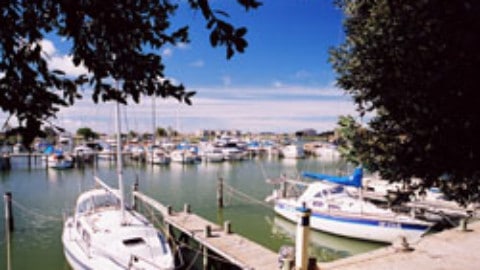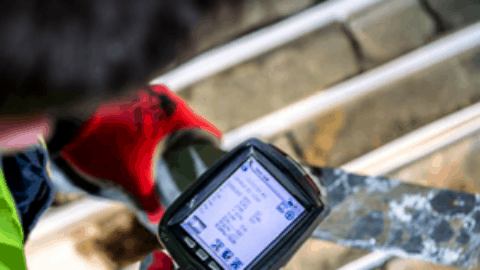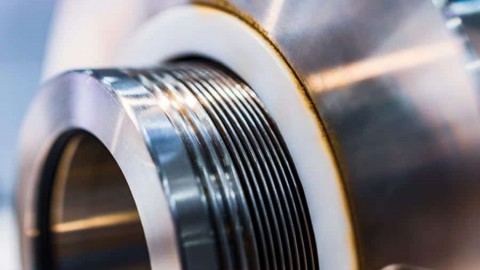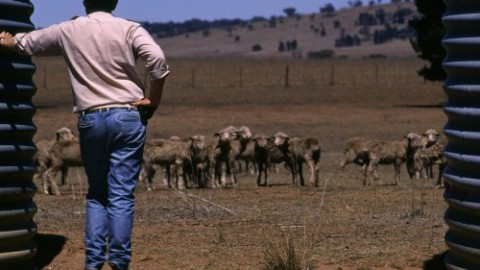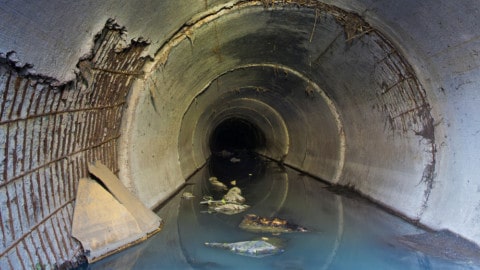By Robert Welke, WATER PUMPING INSTITUTE
No one denies the importance of pumping water. But how efficient are these pumping systems at delivering today’s needs while being environmentally friendly enough to preserve the planet for future generations?
Our current model for calling tenders for pumping systems is based on price. The lowest price pump system is usually also the highest emitter of greenhouse gases, which does not bode well for our grandchildren’s future.
Sustainable pumping can be defined as a balanced mix of environmental responsibility and economic sustainability. That is, the minimum energy input (reduced CO2 emissions) for the maximum work output (return on investment) amortised over say 25 years.
It can be graphically described by the chart shown (Figure 1).
The key components of sustainable pumping include:
• Cost of energy
• Volume of water pumped
• Total pumped head
• Pump and motor efficiency
• Variable frequency drives

Figure 1
Now, the pump industry could be forgiven for believing that the pump and motor have the major roles to play in influencing sustainable pumping. After all, pump and motor efficiency play a role in converting energy into useful work, right? No, it’s the hydraulics that has the major influence in sustainable pumping. So, then, what if we keep the water velocity down, and design all our pipeline systems to 1.5m/s max velocity, that will fix that, right?
Wrong, in fact, very wrong! The ubiquitous 1.5m/s rule of thumb for maximum water velocity has no place in hydraulic calculations for sustainable pumping.
Case study 1
Let’s look at two examples of a pump selection, both pumping 32l/s through 300m of pipe, over 25 years:
Pump A runs for 100 per cent of the year, 24/7/365, and pumps 1000ML/yr through PVC pipe. This may be a water treatment plant pump, for example.
Pump B runs for 15 per cent of the year and pumps 150ML/yr through PVC pipe. This may be a sewage pump or a 25Ha orchard irrigation pump, for example. Both pipes are derated to C Value = 130. The optimum diameter for pump A system is 250NB with a water velocity of 0.59m/s and head loss of 0.42m (pipe friction only), with 1.64kWh/ML energy consumption. The optimum diameter for pump B system is 200NB with a water velocity of 0.9m/s and head loss of 1.24m. (pipe friction only), with 4.84kWh/ML energy consumption.
If pump C had been selected with a water velocity of 1.5m/s, its headloss would be 4.34m resulting in 16.95kWh/ML, or a 1000 per cent increase over pump A. And its more than likely that this is what would have been designed and supplied in this instance because of the existing competitive tendering process. Perhaps even higher velocity than 1.5m/s!

Figure 2
Because pump A runs continuously, its pipe size is configured larger, with low head loss and therefore lower motor kW than pump B, saving 23t of CO2 emissions so that your grandchildren can have a future on this planet.
Now, that’s sustainable pumping!
Case study 2
A saving of $18,800 (52 per cent) per annum in pumping costs was achieved on this dairy centre pivot irrigation scheme in Victoria, Australia in 2018, using sustainable pumping principles.

Case Study 52% energy saving
An audit by the author found the pump running off BEP at 57 per cent efficiency, and the rising main from the pump to the centre pivot was 150NB PVC with 63m head loss. The pump was replaced with a fit for purpose selection with 78 per cent efficiency.
The pipeline was replaced with 200NB with a reduction in pumped head of 25m. The combination of the replacement pump and larger pipe netted $18,800pa reduced electricity cost, with two-thirds of that attributed to pipeline friction reduction.
It reduced CO2 emissions from 180t per year to 80t per year, saving 100t of CO2 each year from going to the atmosphere.
That’s sustainable pumping!
Future of pumping water
Our pumping industry is an important component of the water industry as a whole. And yes, pump and motor efficiency do have a small role to play in pumping sustainability. However, it is pipeline hydraulic efficiency that largely determines pumping system sustainability.
Should we be looking to review our tendering model of lowest cost, and replace it with lowest pumping emissions tenders? Perhaps we could be working towards some form of mandate to regulate pumping systems to be designed with limited greenhouse gas emissions, so our grandkids have a better future to look forward to.
Author Robert Welke worked at SA Water for 25 years conducting extensive pumping and pipeline energy efficiency monitoring of its 130,000kW major pumping and pipelines infrastructure. Robert established WATER PUMPING INSTITUTE (2003), a pumping and hydraulics’ consultancy based in Adelaide, which applies his SA Water knowledge plus experiences in other water industry groups. He has never sold product and has spent his whole career with a pressure gauge in one hand, flowmeter in the other, and now offers auditing and training courses serving clients in Australia and New Zealand.
For more information on WATER PUMPING INSTITUTE and its training course Pumping System Master Class for Water & Wastewater, visit www.talle.biz/wpibillwww.html.



